You ever walk into a “discount” store, ready to flex your frugal finesse, only to leave with your wallet crying and a cart full of regret? Yeah, same. What used to be our go-to spots for cheap thrills and budget wins are now sneakily charging boutique prices for off-brand oatmeal and flimsy leggings. Inflation’s out here playing dress-up in every aisle, and these stores are no longer the hidden gems they once were—they’re just… shiny rocks.
Whether it’s the $8 “value” shampoo or the $20 throw pillow that looks suspiciously like the one from Target (but sadder), shoppers are starting to do double takes. So before you hit up your favorite bargain haunt expecting big savings, you might want to read the receipts—literally and figuratively. Here are 13 “discount” stores in 2025 that are serving full-price energy in a clearance bin disguise.
1. Dollar Tree

Once the crown jewel of frugal shopping, Dollar Tree officially ditched its $1 price point back in 2021, but now it’s barely recognizable. As of 2025, most items hover closer to $1.50 or $1.75, and new “Dollar Tree Plus” sections stock products for as much as $5. Yes, five dollars. It’s giving “gas station pricing with Dollar Tree branding,” and shoppers are noticing. While some of the product quality has gone up, the whole experience just doesn’t scream value anymore. According to Business Insider, the company plans to roll out even higher-priced items to “stay competitive,” which feels like the retail version of “it’s not you, it’s me.”
And let’s not even get into how the cleaning supplies aisle now feels more like a museum of tiny bottles. You used to get bang for your literal buck—now you’re just getting banged by inflation. The vibe has shifted from scrappy and smart to “wait, how much did I just spend?” And let’s face it: if it’s not a dollar, should it really be called Dollar Tree?
2. Five Below
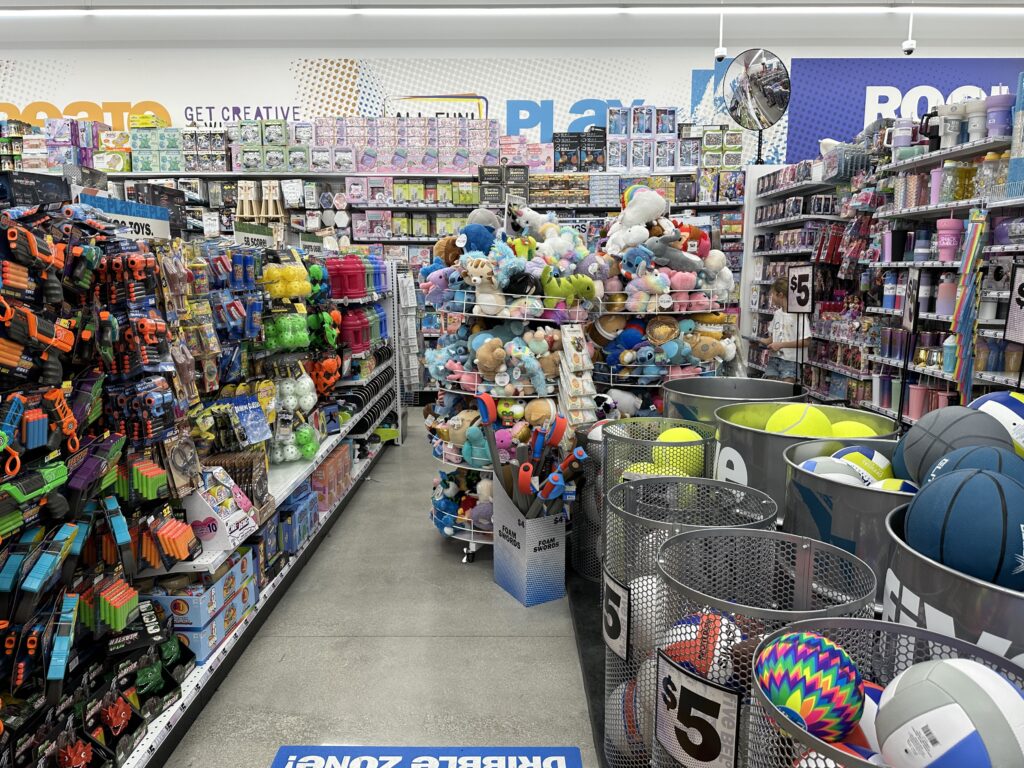
Five Below used to be that funky teen cousin of dollar stores—fun, cheap, and just a little chaotic. But now? Prices regularly exceed $5, and in some locations, you’ll find “Ten Below” and “Beyond” sections that go as high as $25. The glow-up feels less like a natural evolution and more like a bait-and-switch. Back when it launched, you could outfit a dorm room or prep a last-minute birthday gift without breaking a $20. Now, you’ll need to break a sweat checking price tags.
In a recent feature from Morning Star, analysts pointed out that Five Below is positioning itself more like a “value lifestyle brand” than a discount destination. Translation? Less bargains, more branding. Their once-iconic $5 candy hauls are now teetering into CVS territory. And if you’re buying Bluetooth earbuds here, you might as well head to Target—because the price difference is no longer wild. RIP to impulse shopping that didn’t haunt your bank account.
3. Big Lots
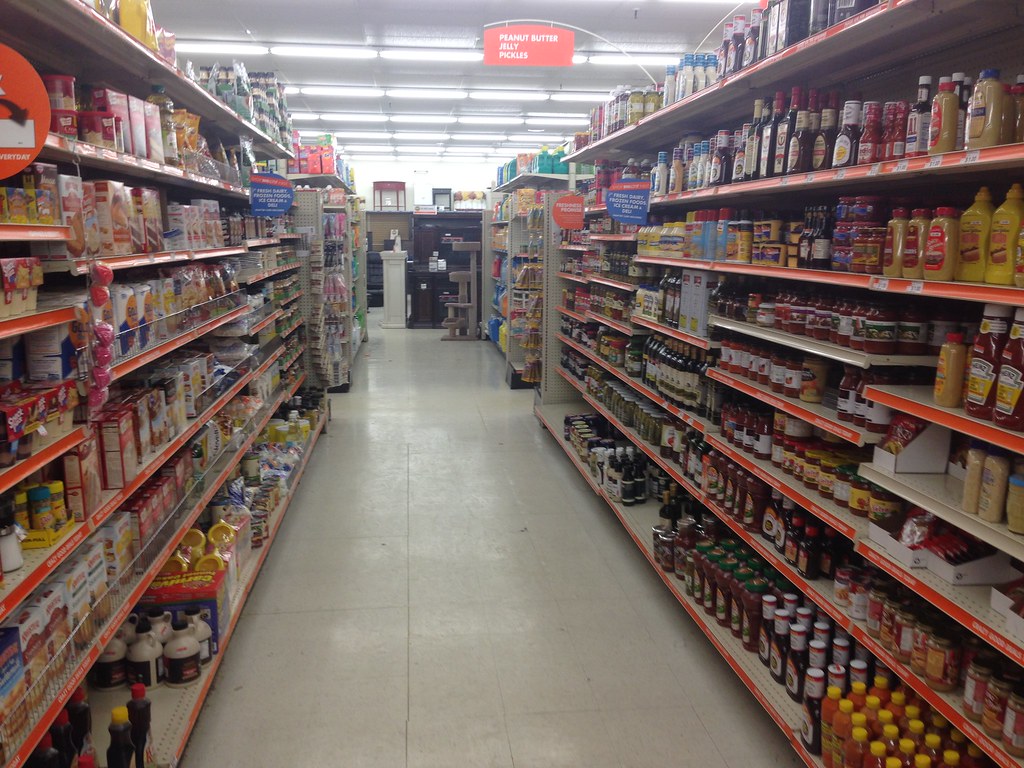
Big Lots used to be the low-key MVP for off-brand snacks, clearance couches, and discount seasonal decor. But now? You walk in hoping for savings and leave wondering if you just shopped at Macy’s in disguise. A big part of the issue is inconsistent pricing—some items are genuinely discounted, but many are surprisingly pricey for a supposed closeout chain. That $9 box of cereal? It’s not giving budget-friendly.
Reuters reported that Big Lots has shifted its strategy post-pandemic, focusing less on liquidations and more on “value-driven assortments.” That sounds nice in a corporate earnings call, but it translates to fewer real deals for everyday shoppers. Furniture used to be the star—cheap, functional, slightly off-trend—but even that has crept into mid-tier pricing with fewer sales. Add in the fact that many locations feel half-stocked and weirdly empty, and it’s not exactly a savings haven anymore.
Honestly, if you’re gonna pay full price, at least let the lighting be flattering and the carts not squeaky.
4. Ross Dress for Less
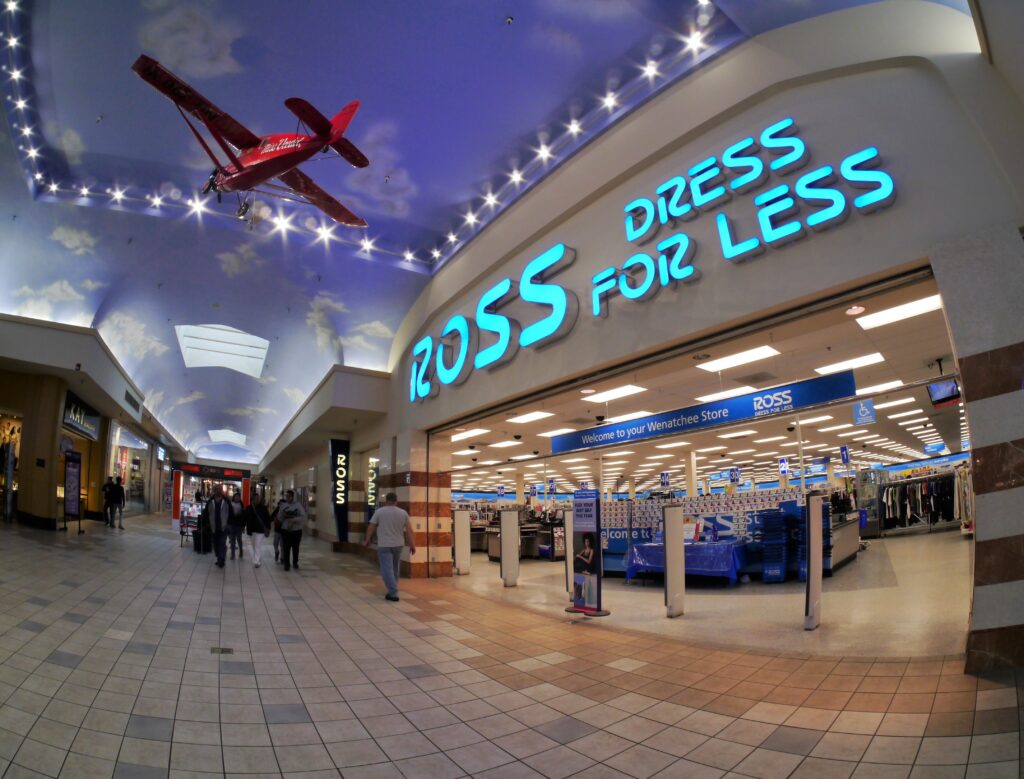
Ross is basically the retail equivalent of a treasure hunt—you dig, you sweat, and if the stars align, you walk out with a Calvin Klein blazer for $24.99. But lately? That treasure chest is starting to feel more like a yard sale. Prices have been creeping up, while selection feels less “underrated gem” and more “leftovers from a department store clearance rack that even TJ Maxx said no to.”
Per Bloomberg, Ross and other off-price retailers have subtly raised costs to adjust for inflation, freight expenses, and rising labor costs. But shoppers aren’t thrilled. That $9.99 tee is now $14.99, and those home decor finds? Cute, but not that cute for the new price tags. The lines are still long, the dressing rooms are still chaotic, and now you’re spending more for the same mildly stressful experience.
The thrill of the deal is kind of the whole point. Without it, what are we even doing here—just sweating in a warehouse full of hangers?
5. Aldi

Aldi had a solid run as the no-frills grocery savior for budget-conscious foodies. Their minimalist approach (bring your own bags, rent a cart with a quarter, enjoy the mysterious European cookies) kept costs low and vibes high. But lately, even Aldi diehards are noticing a shift. Prices have been climbing steadily, and some items—like produce and meat—are starting to rival mainstream supermarkets.
According to a report from Finger Lakes 1, Aldi has been gradually upping prices across multiple categories to keep pace with inflation and rising supplier costs. They’re still cheaper than Whole Foods, sure, but that “shockingly low total at checkout” moment isn’t hitting the same anymore. You used to leave with groceries and a candle and a plant for under $40. Now? You’re wondering if you should’ve just gone to Trader Joe’s for better vibes and free samples.
And don’t get us started on the Aldi Finds aisle. It used to be full of $5 surprises that sparked joy. Now it’s a $14.99 impulse trap disguised as a bargain.
6. TJ Maxx
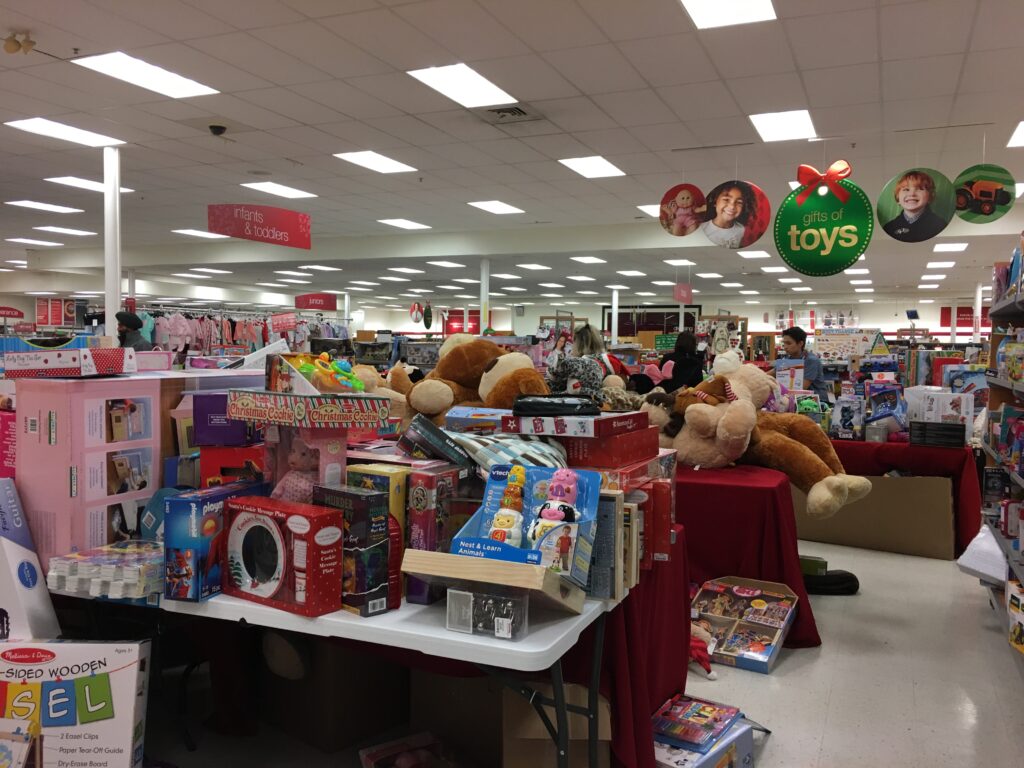
You used to strut into TJ Maxx like you owned the runway—and by runway, I mean the aisles of chaotic but charming fashion chaos. These days, the racks are still overflowing, but the prices are inching dangerously close to what you’d find at department stores. That $16.99 tank top? Cute, sure. But it’s also $16.99 for a tank top that’s unraveling by week three. The home decor aisle is still a serotonin hit, but you’ll need to check your bank account before grabbing that decorative “Live Laugh Love” vase.
It feels like the prices got a glow-up, but the quality stayed the same. Combine that with longer lines, cluttered floors, and the occasional shirt with a broken zipper, and it’s harder to justify the “deal.” In 2025, Maxxinistas are starting to realize they might just be regular shoppers with a dream. At this point, it’s less treasure hunt, more overpriced thrift store energy.
7. Costco
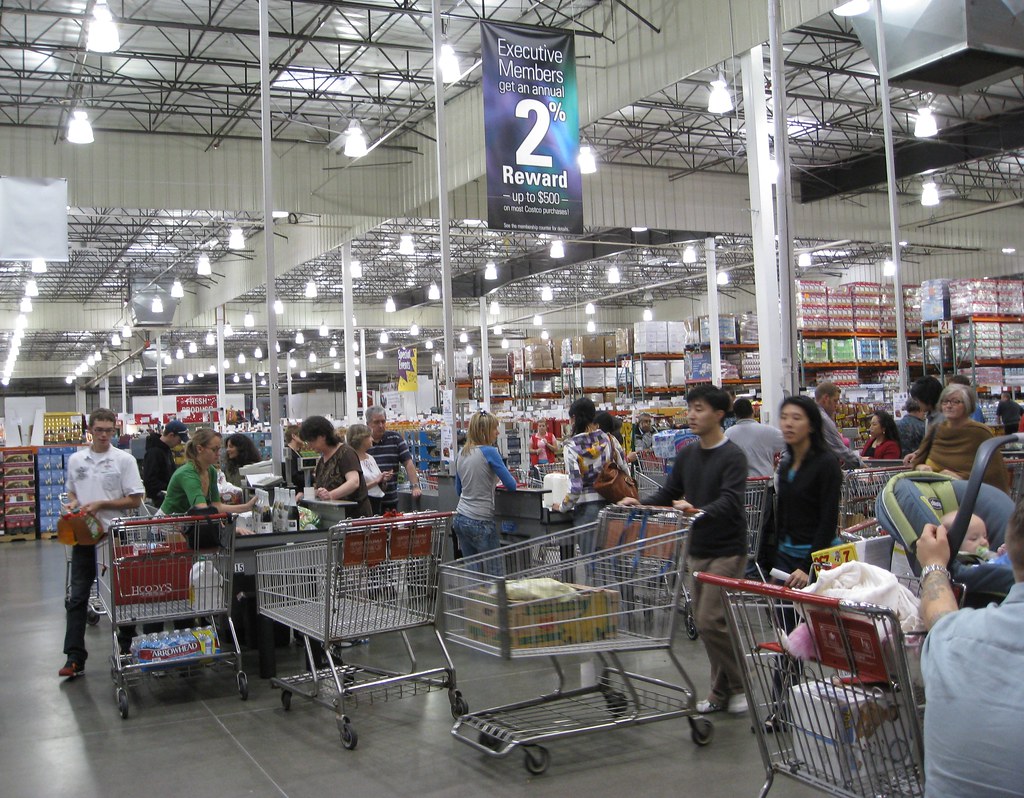
Look, we love a bulk buy. But Costco’s “value” is starting to feel like an optical illusion in 2025. You go in for paper towels and somehow drop $350 on coffee pods, protein bars, and a kayak. It’s not just impulse buying—unit prices on basics like eggs, produce, and even gas have crept up enough that you’re not always saving compared to regular grocery stores. And unless you’re feeding a family of seven or preparing for doomsday, those 4-pound bags of shredded cheese might not be the win they used to be.
The membership fee went up too, which adds insult to injury. Don’t get us wrong—Costco’s still got perks, especially if you’re buying electronics or tires. But for everyday essentials? The thrill of the bulk buy doesn’t always match the bottom line. These days, you leave wondering if you saved anything at all—or just bought more stuff than you needed. Welcome to adulting, aisle 14.
8. Walgreens
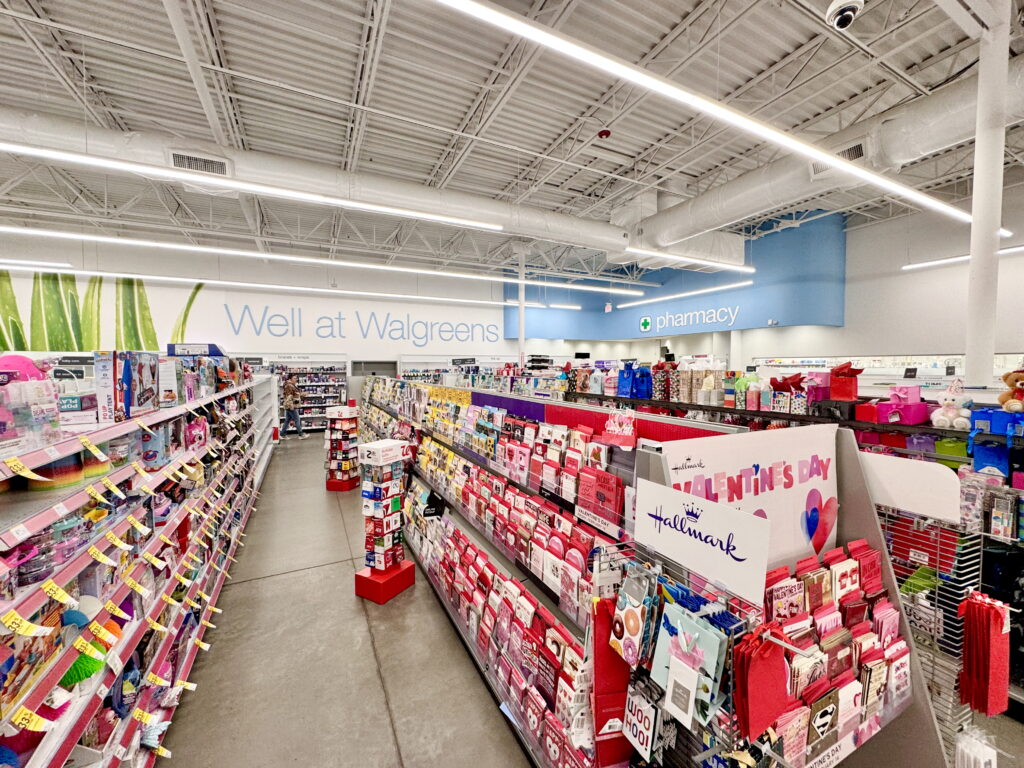
Remember when Walgreens was your go-to for snagging basics without entering a full grocery store? Now it feels like a convenience trap where even toothpaste costs double. You pop in for deodorant and suddenly your total is $48, and you’re holding three items. Prices on snacks, medicine, and personal care have soared, with some store-brand items even beating out name brands for cost. And the worst part? You’re probably still going because it’s convenient.
But at what cost, literally? They’ve leaned heavily into “convenience pricing,” which is code for “we know you’re too tired to compare.” A bag of chips that’s $3 elsewhere can be $5 here, and don’t get us started on cold meds. It’s become a mini luxury store disguised as a pharmacy. If you’re not using a rewards card, coupons, and your soul as a down payment, it’s just not worth it anymore.
9. Marshalls
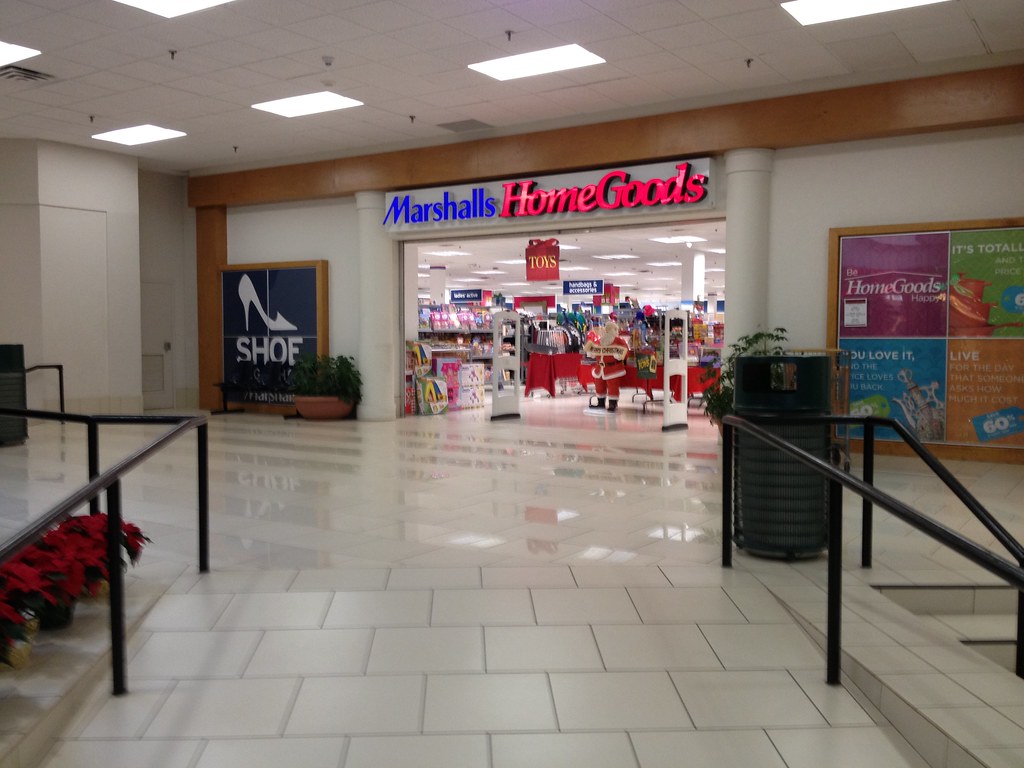
Marshalls and TJ Maxx are retail siblings, but Marshalls always had a bit more style cred—trendier clothes, better lighting, and the occasional designer gem. But in 2025, prices are up and deals are down. That $19.99 blouse that used to feel like a steal now feels like a gamble with questionable stitching. Inventory has gotten less exciting too—fewer recognizable brands, more unpronounceable tags, and fits that make you question your entire body type.
It still has that chaotic energy we know and love, but the payoff isn’t what it used to be. Marshalls is slowly morphing into a store that sells full-price “discounted” clothes. And if you try to return something? You’ll need to sacrifice a lamb and your receipt. It’s lost its sparkle, and shoppers are noticing. Now we just go to try on sunglasses we won’t buy and leave slightly annoyed.
10. Burlington
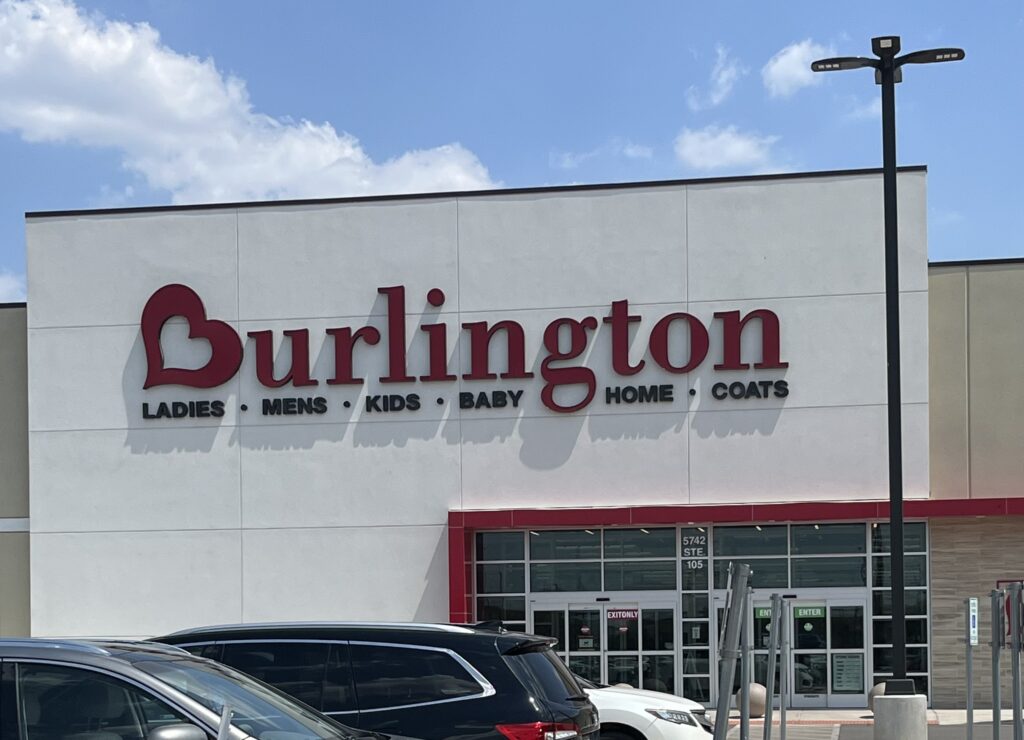
Once dubbed “Burlington Coat Factory,” this place was the plug for winter gear, suits, and random home decor at laughably low prices. But lately, it’s more like “Burlington, We Sell Everything and It’s Kinda Pricey Now.” There are still deals buried in the racks, but they take serious digging—and stamina. Prices on jackets and shoes have jumped, and a lot of the stock feels like department store leftovers from two seasons ago.
The store layout? Still a labyrinth. And not in a fun, whimsical way—more like “where did I leave my child?” kind of way. Return policies are strict, dressing rooms are often closed, and sizing is wildly inconsistent. What used to be a reliable coat run is now a chaotic errand with questionable ROI. Honestly, bring a friend and a granola bar if you’re planning to browse.
11. Family Dollar
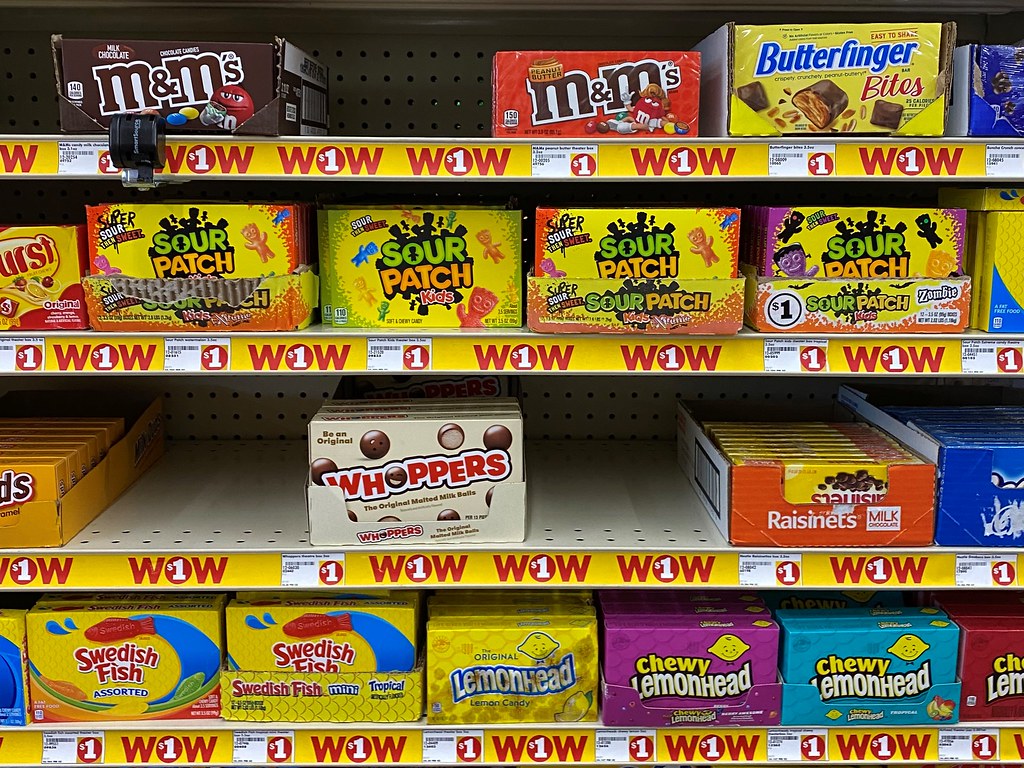
If you walk into Family Dollar expecting old-school pricing, you’re gonna have a bad time. The word “family” is still in the name, but the prices have slowly wandered off into “family of four in 2025 still struggling with inflation” territory. The $1 shelf is now a $1.50–$3 shelf, and don’t be shocked to find $7 detergent or $10 batteries. For a place that built its identity around affordability, that hits kinda wrong.
Store organization is another issue—it’s giving “last minute apocalypse prepper garage sale.” It’s harder to find basics, and inventory varies wildly from one location to the next. There’s still some value in snacks and basic toiletries, but overall? You’re better off checking a local grocery sale flyer. Family Dollar has become a spot where you stop out of desperation, not because it’s cheap.
12. Rite Aid
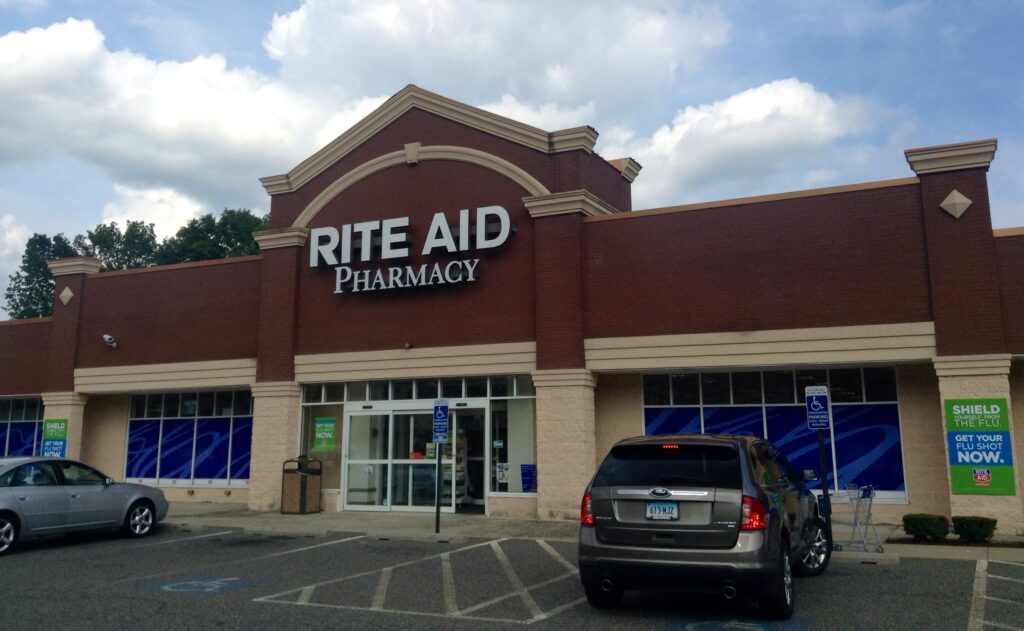
Rite Aid has that weird middle-child energy between CVS and Walgreens—and not in a good way. It’s neither the cheapest nor the best stocked, and the vibes inside often lean “flu-season purgatory.” In 2025, prices on everything from vitamins to shampoo are steep, and their so-called “weekly deals” feel underwhelming at best. You might save a buck here and there, but the regular shelf prices are eye-popping.
To make things worse, the company’s been closing stores left and right, making selection and stock even more unpredictable. Many aisles feel like ghost towns with the occasional $18 pack of gum. Yes, they still print out six feet of coupons, but none of them seem to match anything you actually buy. It’s not exactly the budget-savvy pharmacy of yesteryear. More like a pricey pit stop with a pharmacy counter attached.
13. Sam’s Club
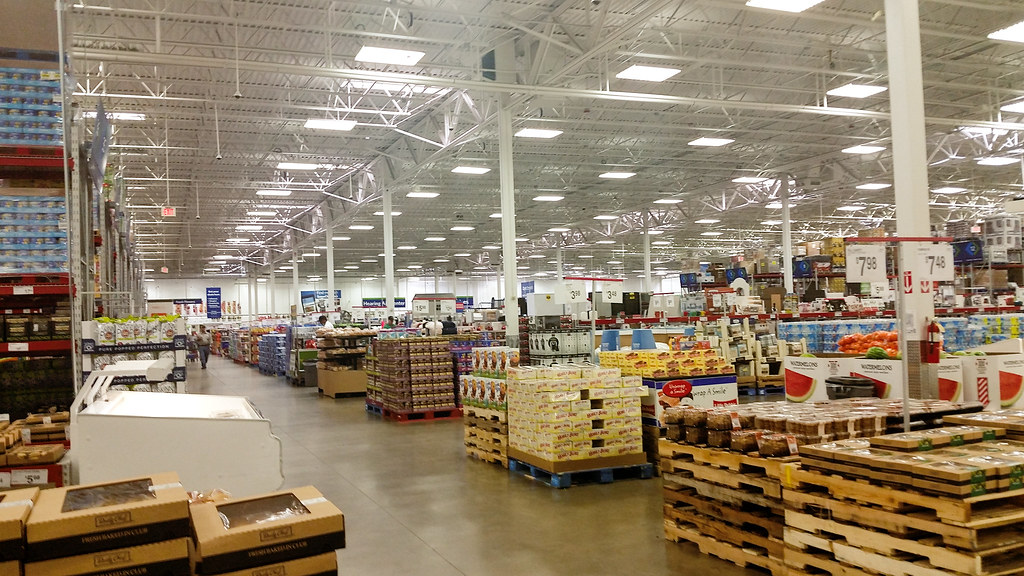
Sam’s Club is supposed to be Costco’s scrappy cousin—less crowded, more chill, just as cheap. But this year, it’s edging into “are you sure this is wholesale?” territory. The price-per-unit isn’t always better than Walmart or Target anymore, especially on household staples. Membership perks have started to feel a bit meh too, with early shopping hours and exclusive deals often failing to impress.
And let’s be real: the free samples were doing heavy lifting for the whole experience. Without those, you’re basically in a warehouse buying overpriced bulk snacks. Some members are even debating whether the annual fee is worth it anymore. If you’re not using the gas discount or buying in bulk every week, the value proposition crumbles fast. Sam’s, we still love your rotisserie chicken—but we’re watching you.
This article is for informational purposes only and should not be construed as financial advice. Consult a financial professional before making investment or other financial decisions. The author and publisher make no warranties of any kind.








